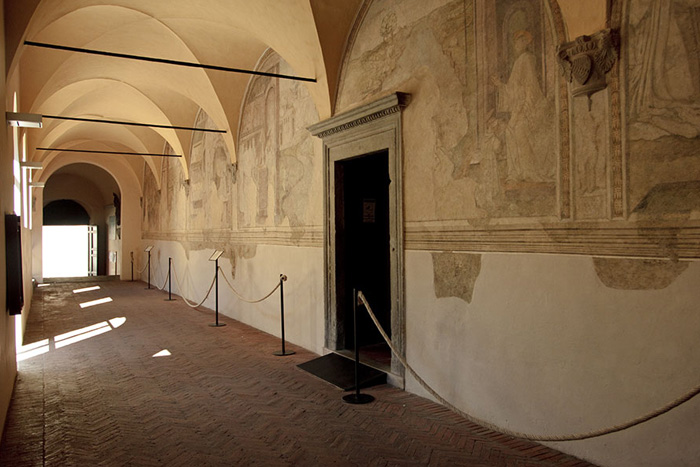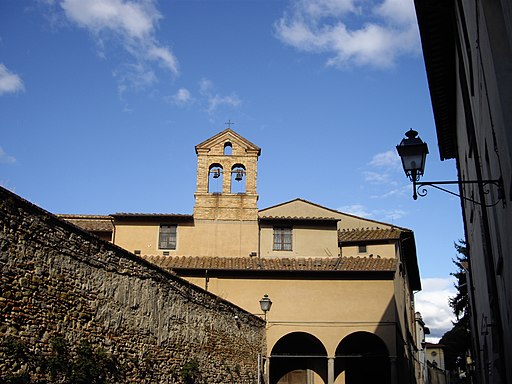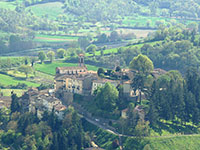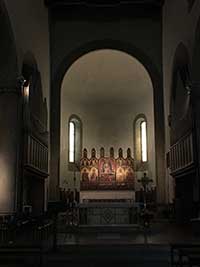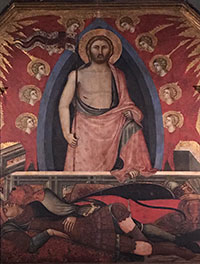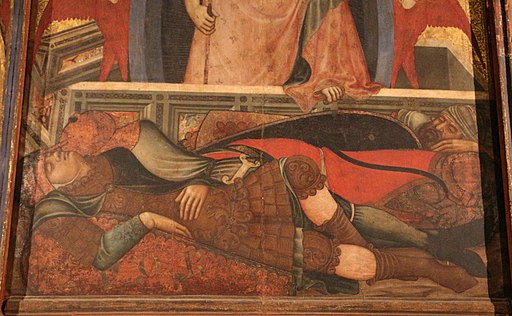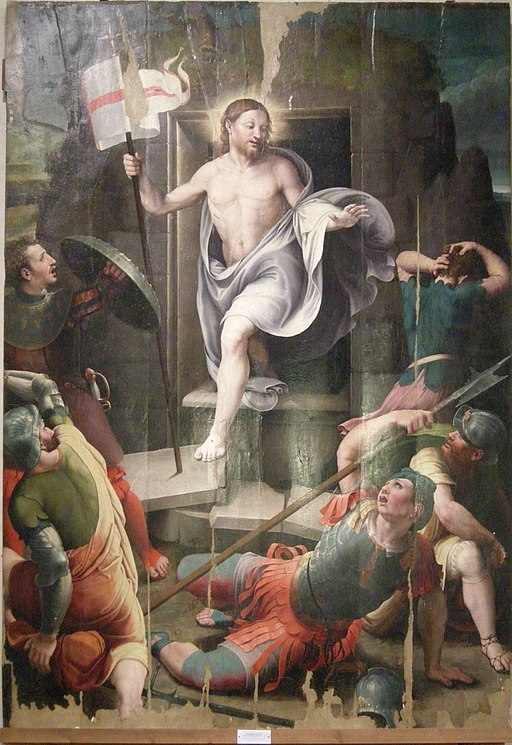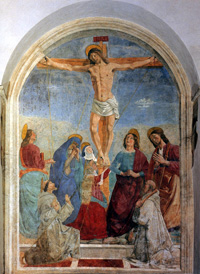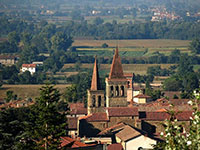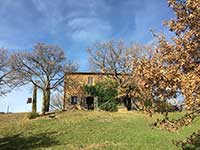Sansepolcro
The Duomo of Sansepolcro
The Duomo of Sansepolcro, the concattedrale San Giovanni Evangelista, is the most important church of Sansepolcro.
History
The church, formerly an abbey church, occupies the site of the town's first Benedictine monastery. This, built in the 10th century, was acquired by the Camaldolese during the 12th century.
?
The church was constructed in 1012–1049, initially dedicated to the Four Evangelists and the Holy Sepulchre (deriving from Sansepolcro's name). According to the legend, their relics had been brought here from the Holy Land by two local pilgrims, Egidio and Arcano. The abbey was rebuilt in the late 13th century. In 1520, when pope Leo X established the diocese of Sansepolcro, the church became its cathedral and was re-dedicated to the city's patron, St. John the Evangelist.
Large restoration works were carried on between 1934 and 1943, destroying most of the Baroque elements added in the course of the centuries to the original medieval edifice. Several frescoes by the Riminese school and by Bartolomeo della Gatta (14th-15th centuries) become visible again, and a new chapel, called Cappella del Volto Santo, was added to house the so-called "Holy Face" icon, previously located at the altar. A new choir was built in 1966–1967.
The church became a co-cathedral with the merge of the dioceses of Arezzo, Sansepolcro and Cortona in 1986.
Description
With the exception of the apse area, the church has maintained the 14th century basilica plan with a nave and two aisles. Romanesque elements include the internal round arcades, the capitals and the general proportions. More influenced by Gothic (a style which was becoming widespread when the church was being built) are the portal of the façade and window above. The rose window is the result of a later restoration.
Originally the church should receive a more elongated Gothic polygonal apse, replaced by a bell tower influenced by Umbrian similar structures.
Works of art in the interior include the Incredulity of St. Thomas by Santi di Tito (1576–1577), a Crucifixion fresco by Bartolomeo della Gatta(1486), an Adoration of the Shepherd by Durante Alberti and, at the high altar, the Resurrection Polyptych by Niccolò di Segna (c. 1348). At the left aisle is the so-called Sansepolcro Altarpiece, or Ascension of Christ, executed by Renaissance master Perugino around 1510.
The most important painting of the church, the Battesimo di Cristo (the Baptism of Christ), one of the earliest works of Piero della Francesco, was sold in 1861 to the National Gallery in London.
Annexed to the church is the Bishop's Palace, Palazzo Vescovile, the former abbey.
